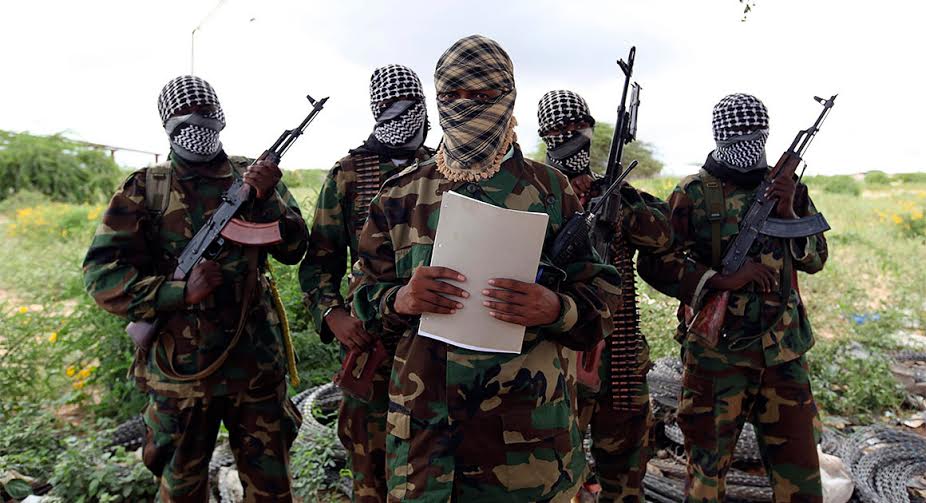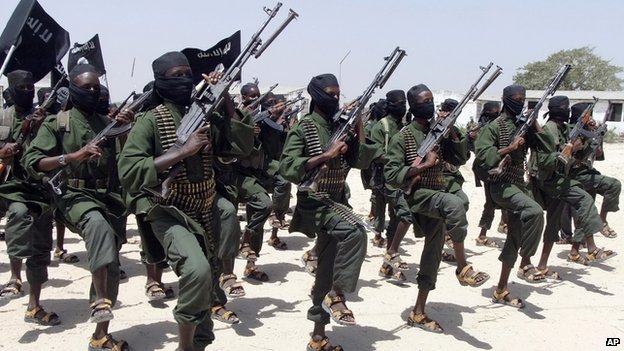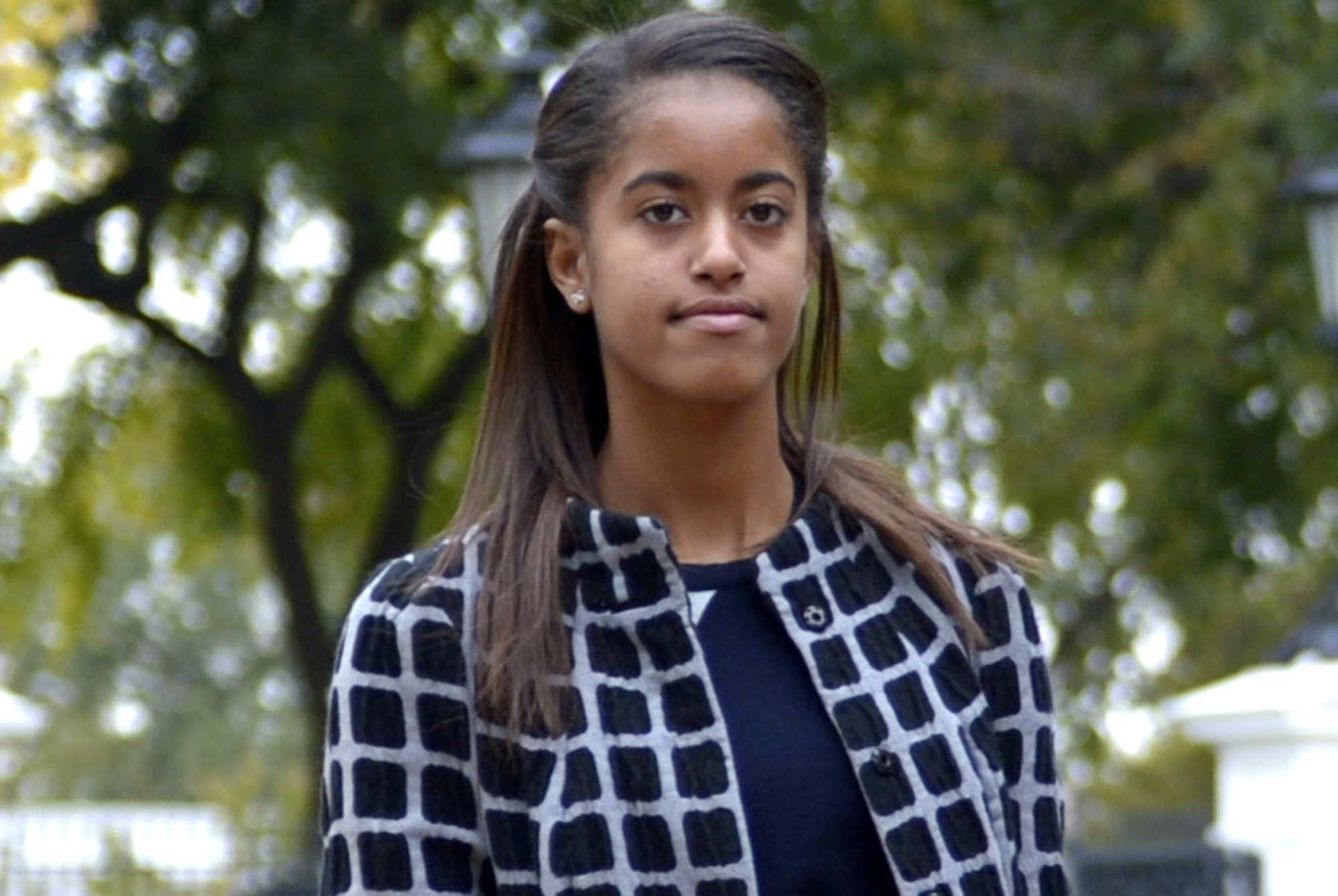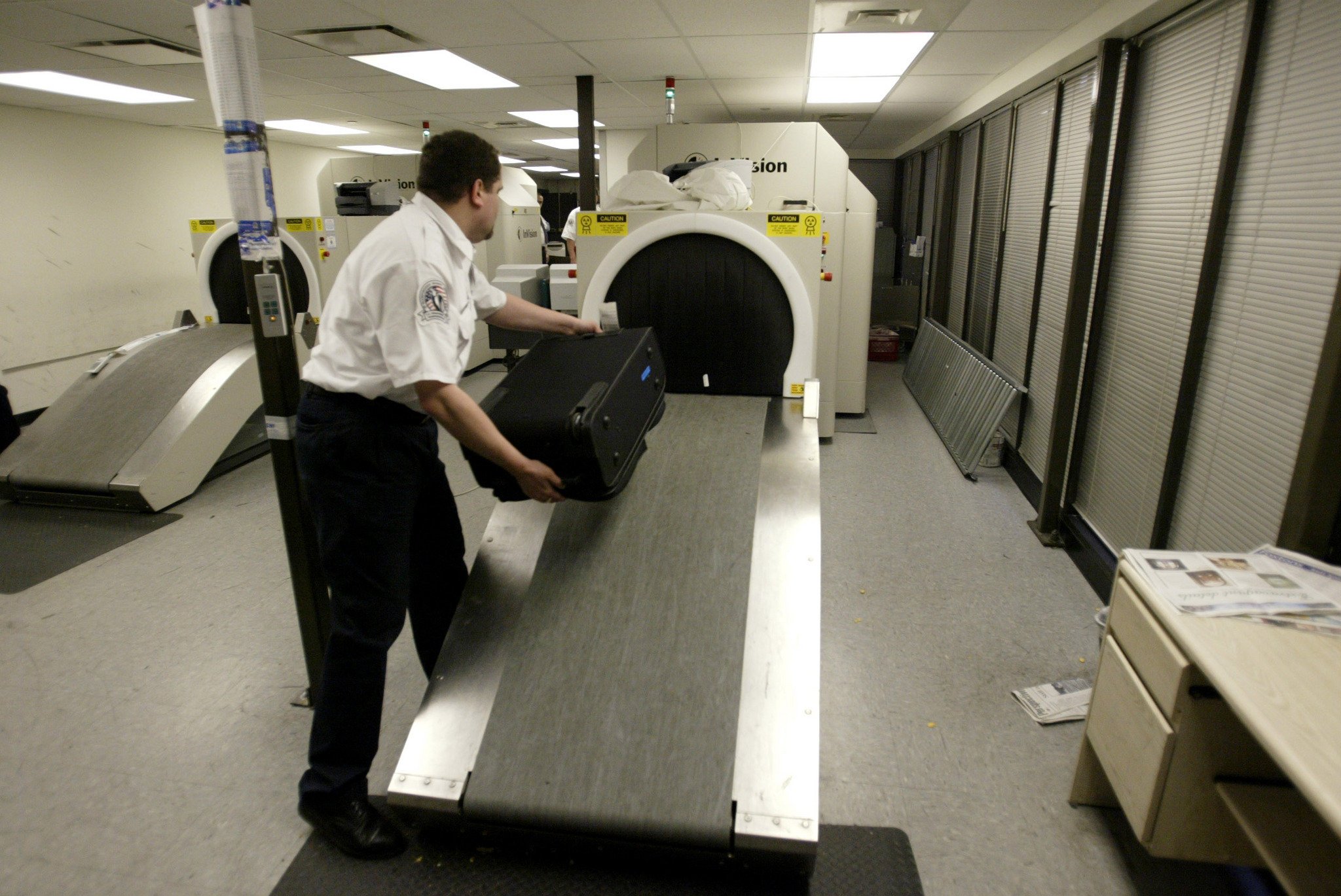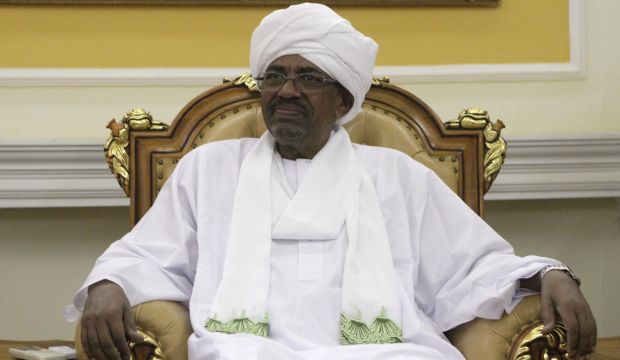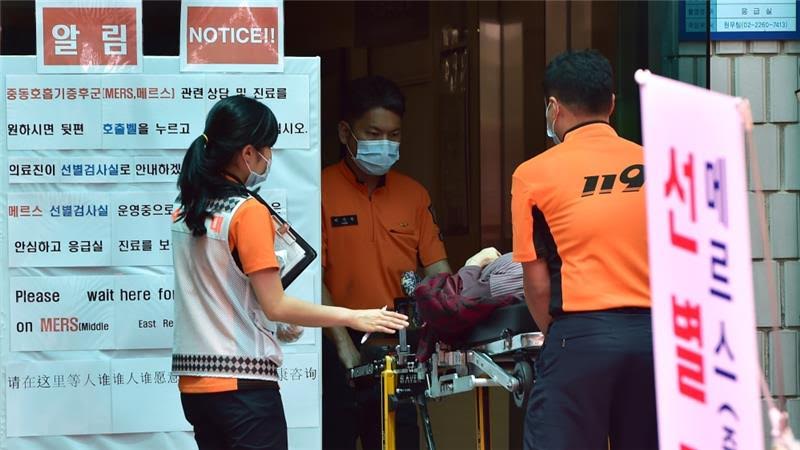At least 30 people were killed when a suicide bomber hit the Imam Ali mosque (pictured) in the village of al-Qadeeh in the eastern province of Saudi Arabia on Friday.
A witness told Reuters that there was a huge explosion at the Shia mosque, where more than 150 people were said to be praying.
Saudi Arabia’s large Shia Muslim minority is mainly based in the eastern province, and there have been sporadic protests by Shia there for greater rights.
The Shia community accounts for between 10 to 15 percent of the total population but they say they face discrimination in seeking educational opportunities or government employment, and that they are referred to disparagingly in text books and by some Sunni officials and state-funded clerics.
Advertisement
They also complain of restrictions on setting up places of worship and marking Shia holidays, and say that Qatif and al-Ahsa receive less state funding than Sunni communities of equivalent size.
Qatif and al-Ahsa have historically been the focal point of anti-government demonstrations.
In March 2011, Qatif was the epicentre of Shi’ite demonstrations against what they perceived as decades of discrimination and religious and political repression from the Sunni kingdom.
Advertisement
It was the beginning of an uprising that was met with a crackdown, a wave of arrests and cases of police allegedly firing on unarmed protesters.
Since then, 27 have been killed and more than 250 imprisoned, according to local Shia leaders and human rights activists in the towns and cities of eastern Saudi Arabia, who fear rising sectarianism fuelled by Riyadh’s war against Shia Houthi rebels in Yemen.
No group has claimed responsibility for the latest attack, even though the Islamic State earlier threatened to attack the kingdom for joining the international coalition against it.
Advertisement


